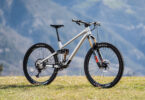Team Tested: Avid X.0 Trail Brakes long-term Review
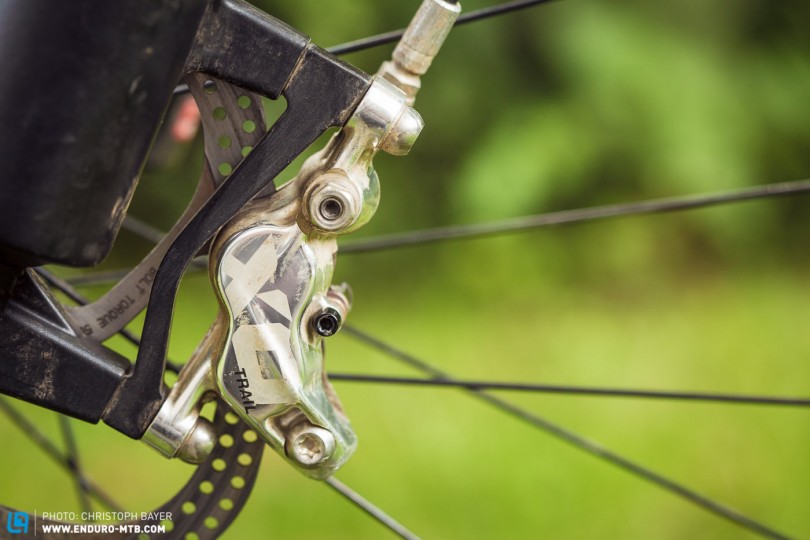
The X.0 Trail, Avids top model in the trail segment, are in use on a few bikes of our long-term test fleet. Our test team have collected many kilometers on trails all over Europe with this brake: Countless races, vacations, bikepark days and – of course – classic after work rides were the testing scenario and now it’s time for a conclusion.
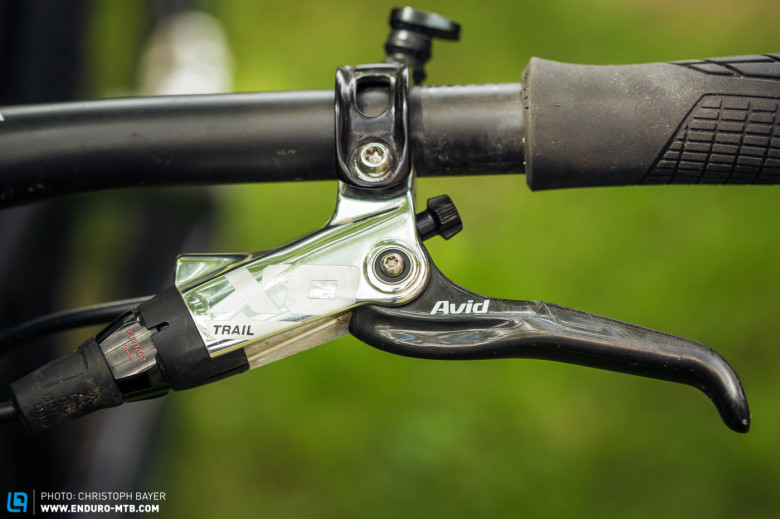
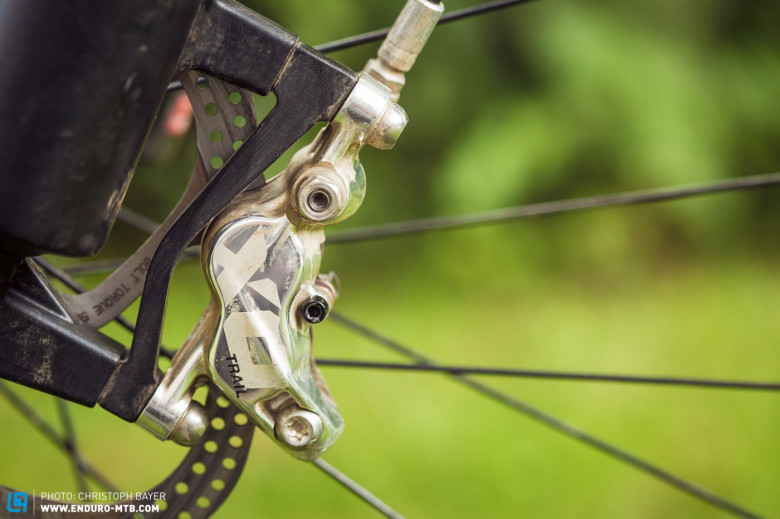
The X.0 Trail combines the light lever of the X.0 with a four-piston-caliper, aiming for the best balance of low weight and braking power. Both the lever position and the contact point can be adjusted, the latter even without any tools. This way, the brake easily can be adjusted to the personal preferences of the rider and wear of the brake-pads can be compensated.
First thing to notice is the ergonomic brake-lever: It’s really comfy and good to grab. The bite-point is – as usual for Avid brakes – rather soft. It needs a bit of time to get used to it, but then the brake is easy to modulate.
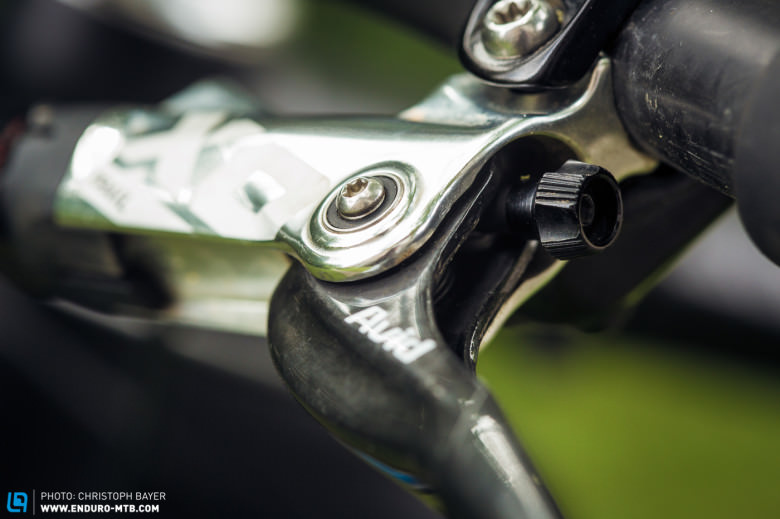
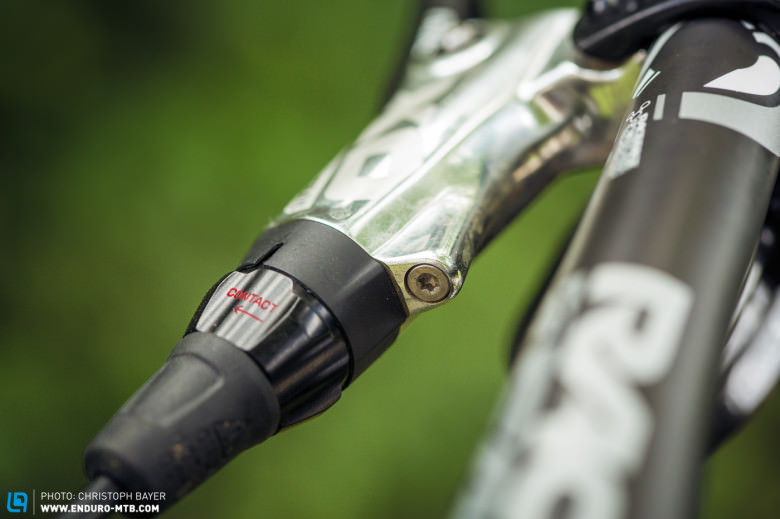
The braking power of the Avid X.0 Trail has been good on all tested models so far. Especially in combination with 200 millimeter rotors, which most of the riders choose, the brakes did their job very well and provided enough power in every situation. When it comes to reliability, only on really long and fast descends impacted the X.0 Trail brakes, but even then, they only showed a slight changing point of contact – the power was still good. It seems, this phenomenon has something to do with the wear of the brake-pads, with nearly new pads this effect occurred rarely and later.
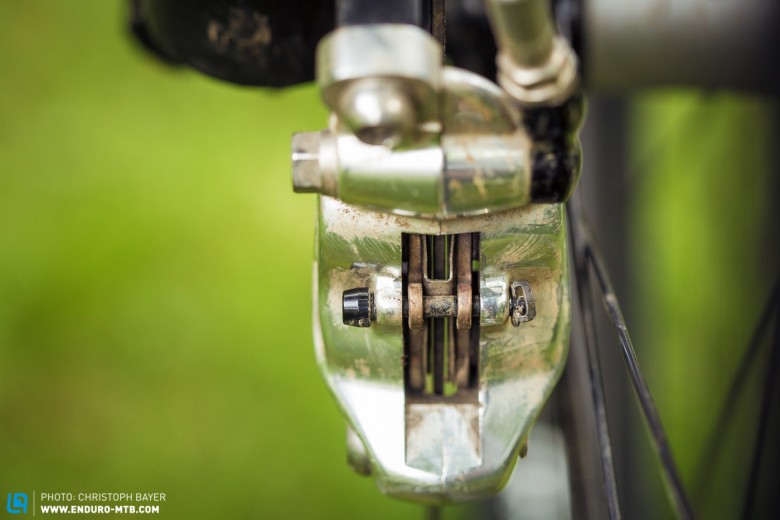
When it comes to brakepads: Their wear is pretty standard, the brakes aren’t an economic wonder but don’t need new pads too often. We tested all three available kinds of brake pads (organic with steel-plate, semi-organic with steel plate, organic with aluminum plate). The testers had different preferences, Trev in wet and muddy Scotland always went with the metallic pads (less wear!), Aaron preferred the more powerful organic pads with aluminum plates for a better heat management.
During the long-term test, the Avid X.0 brakes showed a solid performance, the testers had no problems with them. One small issue Trev had with his model on his Focus SAM, were that the pivot bolt on the underside of the front brake lever fell out, resulting in a wobbly lever-feel. Bleeding wasn’t necessary on any of the brakes – and that’s a good thing, getting all the air out of Avid brakes is quite a time- and nerve consuming process.
Conclusion
The Avid X.0 Trail brakes managed to please the testers on the first few rides, and still impresses after a few thousand meters of descent. If you’re looking for a powerful and fade-resistant brake and don’t want to make any compromises on weight, the Avid X.0 Trail may be the right brakes for you.
Did you enjoy this article? If so, we would be stoked if you decide to support us with a monthly contribution. By becoming a supporter of ENDURO, you will help secure a sustainable future for high-quality mountain bike journalism. Click here to learn more.



